The Euro Hawk, a High Altitude, Long Endurance (HALE) Unmanned Aerial System (UAS), represents a fascinating chapter in the story of modern aerial surveillance. Developed as the first international configuration of the Block 20 RQ-4 Global Hawk, this ambitious project aimed to provide Germany with a cutting-edge, independent intelligence, surveillance, and reconnaissance (ISR) capability. While ultimately cancelled, the Euro Hawk program offers valuable lessons in defense procurement, international collaboration, and the challenges of integrating advanced technology into complex regulatory environments.
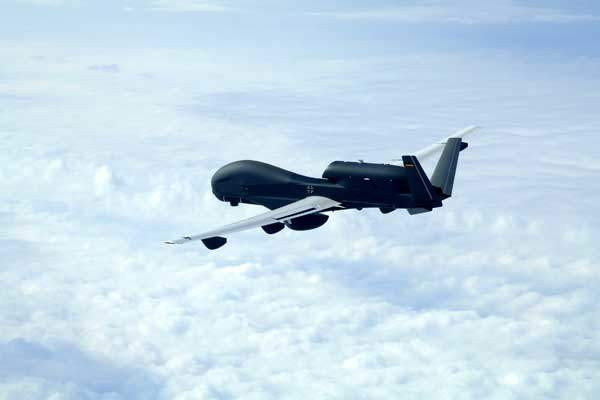 Euro Hawk during its ferry flight in July 2011.
Euro Hawk during its ferry flight in July 2011.
The genesis of the Euro Hawk program dates back to 2000, with collaborative agreements forged between Northrop Grumman, the American aerospace and defense giant behind the Global Hawk, and Cassidian (now Airbus Defence and Space), a major European defense contractor. By 2005, development was officially underway, marking the beginning of a journey filled with both technological promise and unforeseen hurdles. The unveiling of the Euro Hawk in October 2009 was a moment of national pride, showcasing Germany’s commitment to advanced defense technology. This was followed by a series of successful milestones, including its maiden flight in June 2010 at Northrop Grumman’s Palmdale facility in California and a historic transatlantic ferry flight to Germany in July 2011.
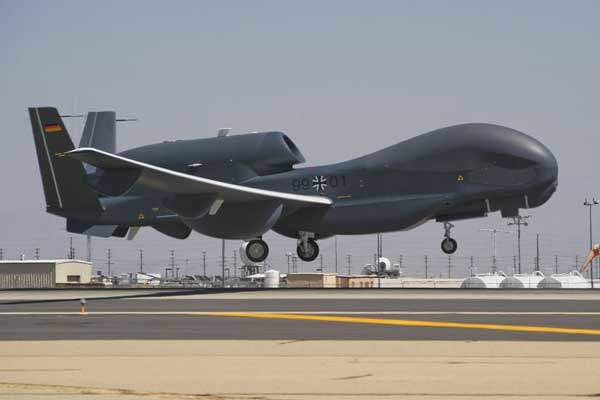 Euro Hawk during its first flight in June 2010.
Euro Hawk during its first flight in June 2010.
The Euro Hawk was designed to replace Germany’s aging fleet of manned Breguet Atlantic aircraft, which had served for 38 years before their retirement in 2010. The new drone was envisioned as a significant upgrade, promising superior endurance, altitude, and sensor capabilities. Equipped with Cassidian’s advanced signals intelligence (SIGINT) mission system, the Euro Hawk was designed to detect both electronic intelligence (ELINT) and communications intelligence (COMINT) emitters. This sophisticated system utilized active electronically scanned array (AESA) antenna technology, enabling wide-area surveillance and precise target identification. The potential of the Euro Hawk to enhance Germany’s strategic intelligence capabilities was undeniable.
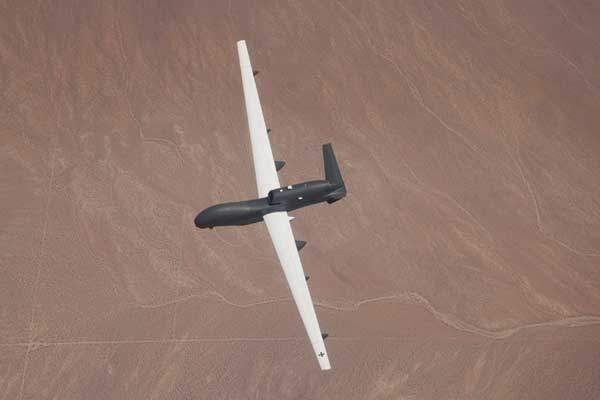 Euro Hawk can fly at altitudes of more than 60,000ft.
Euro Hawk can fly at altitudes of more than 60,000ft.
The capabilities of the Euro Hawk were indeed impressive. Its design, featuring a larger wingspan than many commercial airliners (130.9ft), allowed it to soar at altitudes exceeding 60,000 feet for over 30 hours. During an endurance flight in August 2013, the Euro Hawk set an unofficial record by staying airborne for 25.3 hours in European airspace, reaching a peak altitude of 58,600ft above Manching Air Base without refueling. This demonstrated the drone’s exceptional endurance and operational range, crucial for long-duration surveillance missions. The aircraft’s gross takeoff weight was 32,250lbs, with a payload capacity of 3,000lbs, allowing for a versatile suite of sensors and equipment.
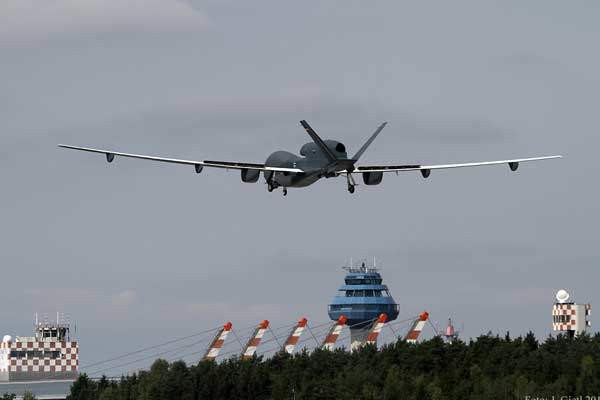 The Euro Hawk unmanned aircraft set an endurance record in August 2013 by flying 25.3 hours nonstop in European airspace. Image courtesy of Josef Gietl.
The Euro Hawk unmanned aircraft set an endurance record in August 2013 by flying 25.3 hours nonstop in European airspace. Image courtesy of Josef Gietl.
Despite these technological achievements, the Euro Hawk program faced significant challenges. In May 2013, the German Ministry of Defence (MoD) made the difficult decision to cancel the program. The primary reasons cited were issues surrounding airworthiness certification and the prohibitive costs associated with obtaining a flight permit for European airspace. It was estimated that an additional €600 million ($814 million) would be required to address these issues and bring the Euro Hawk to full operational capability. This was on top of the €668 million ($822 million) already invested in the development of the drone. The escalating costs and unresolved regulatory hurdles ultimately led to the program’s demise.
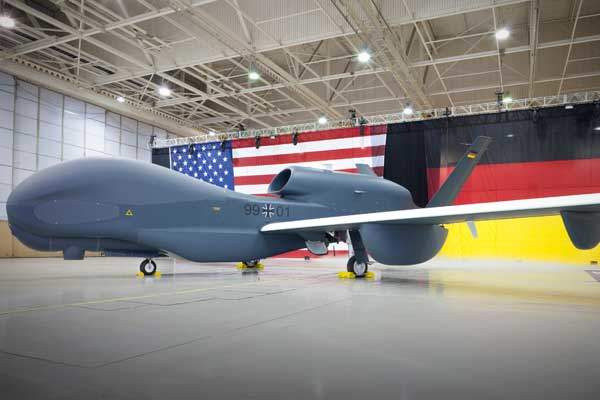 The Euro Hawk was unveiled in October 2009.
The Euro Hawk was unveiled in October 2009.
The cancellation of the Euro Hawk program was a setback for Germany’s ambition to operate a HALE UAS for strategic ISR missions. While the program itself was terminated, the knowledge and experience gained remain valuable. The Euro Hawk serves as a case study in the complexities of developing and fielding advanced unmanned systems, particularly in navigating stringent European airspace regulations. The intended capabilities of the Euro Hawk, including wide-area surveillance, all-weather target identification, and the ability to carry out imagery intelligence (IMINT) and other NATO missions, highlight the ongoing need for such assets in modern defense strategies. Equipped with a dual-mode high-resolution synthetic aperture radar/moving target indicator (SAR/MTI) sensor and capable of integrating maritime sensors, the Euro Hawk represented a significant leap in surveillance technology. Although the Euro Hawk never entered operational service, its legacy lies in the lessons learned and the continued pursuit of advanced unmanned aerial capabilities within Germany and across the globe.
